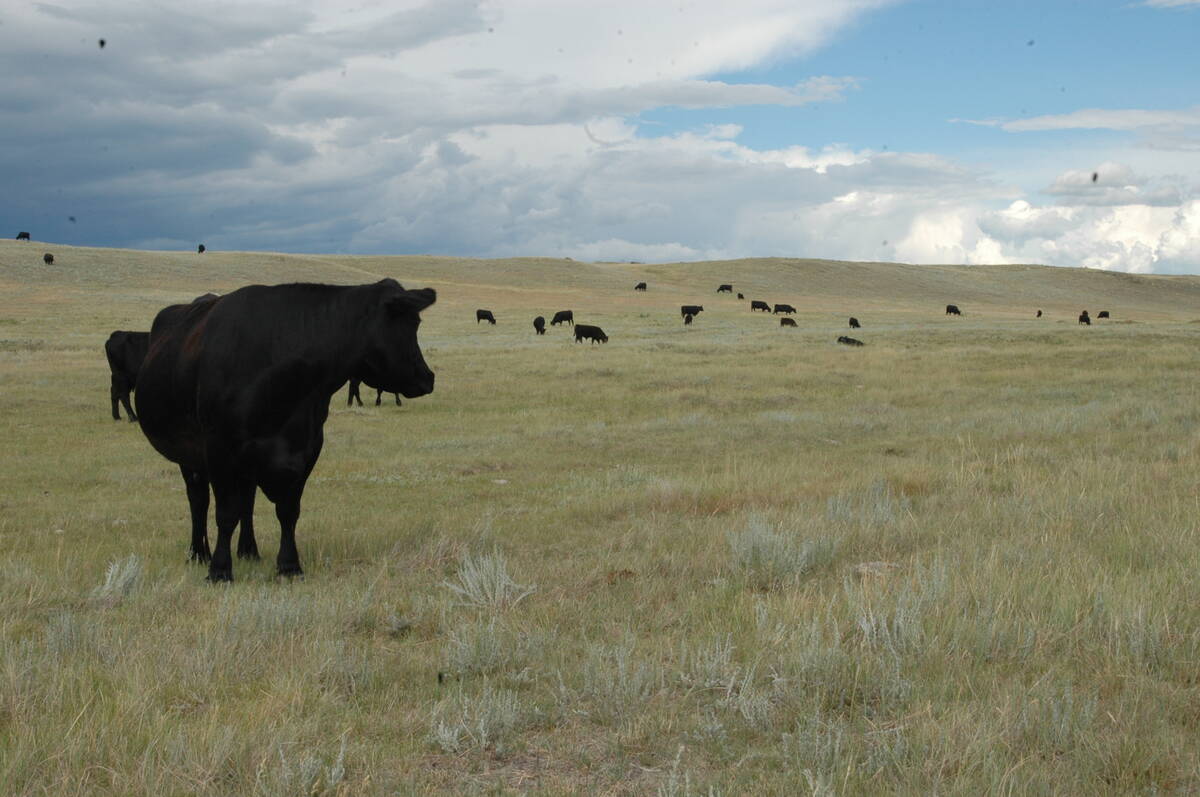PRINCE GEORGE, B.C. – Record levels of beef supplies and high grain prices indicate another tough year for all sectors of the cattle business.
Anne Dunford, senior analyst for Cattlefax, Canada’s beef marketing analysis firm, had little in the way of good news for producers attending the annual British Columbia Cattlemen’s Association meeting.
One of the factors making times so difficult for cattle producers this year is the unexpected high cost of feed grains.
Dunford advised producers to watch the price and supply of United States corn and Canadian barley. The Americans need two good harvests in a row to rebuild depleted corn stocks.
Read Also

Canadian Food Inspection Agency slammed for handling of bovine tuberculosis case
The federal government leans heavily on producers to “take one for the team” and risk their livelihoods without any reassurance of support.
“Even with an exceptional crop, we’re going to have tight carryover,” she said.
Because of the high cost of grain the feeding industry has been losing money for two years. To break even, bids will be low for feeder calves this fall.
Further, with so many cattle on feed, packers have had ample supplies and aren’t forced to pay a lot of money for slaughter cattle. So more cattle are going to grass rather than being placed in feedlots.
Record number slaughtered
There are record numbers on pasture that will eventually go to slaughter off grass or hit the feedlots late in the year or early in 1997, usually off-season for feeders.
“We’ll be watching placement off grass very closely,” Dunford said.
Canada is close to the top of its current cattle cycle, which repeats itself about every 10-12 years. Herd expansion and good prices over the last two years have been inevitably followed by herd reductions and lower prices.
A liquidation phase can be tracked partially by the number of females culled each year. The U.S. is already starting to kill more cows, but in Canada this isn’t happening yet. In 1995, 32 percent of Canada’s heifers were killed. By year end Dunford forecasts more females will be slaughtered as producers attempt to reduce herds.
“We’re not at the point where we’d call it a full scale liquidation in this country yet,” she said.
Cow prices reached a low in November 1995, at less than $40 per hundredweight for good D1 and 2 cows. As the cow kill increases, prices will likely drop below that figure.
In 1995, 2.7 billion pounds of beef were on the market. This is close to record production and Dunford expects another seven to nine percent increase in beef supply for 1996.
Carcass weights are coming down but not as quickly as she expected, considering the cost of feed. This is partly because cattle went on finishing rations heavier than average.
Exports are the only sunshine in an otherwise dismal picture. Canada now sells 46 percent of its cattle and beef outside the country, mostly to the United States.
Exports are outpacing last year’s numbers for this time. Close to one million slaughter cattle went south at the end of 1995. For the first quarter of this year, exports to the U.S. are up 37 percent over the same time last year.
The beef trade earned Canada $1.85 billion last year and if exports continue, that should reach a record $2 billion.















